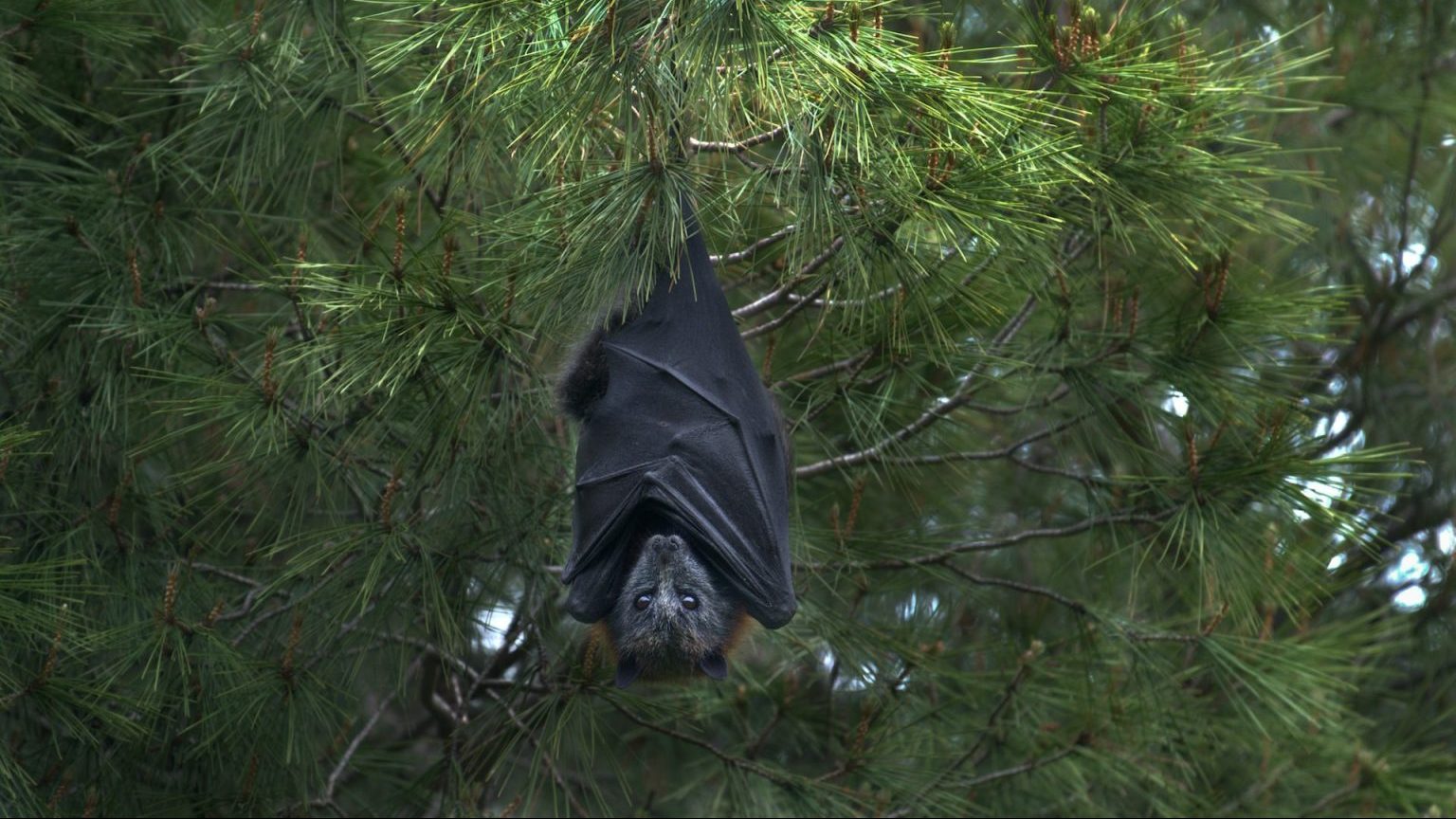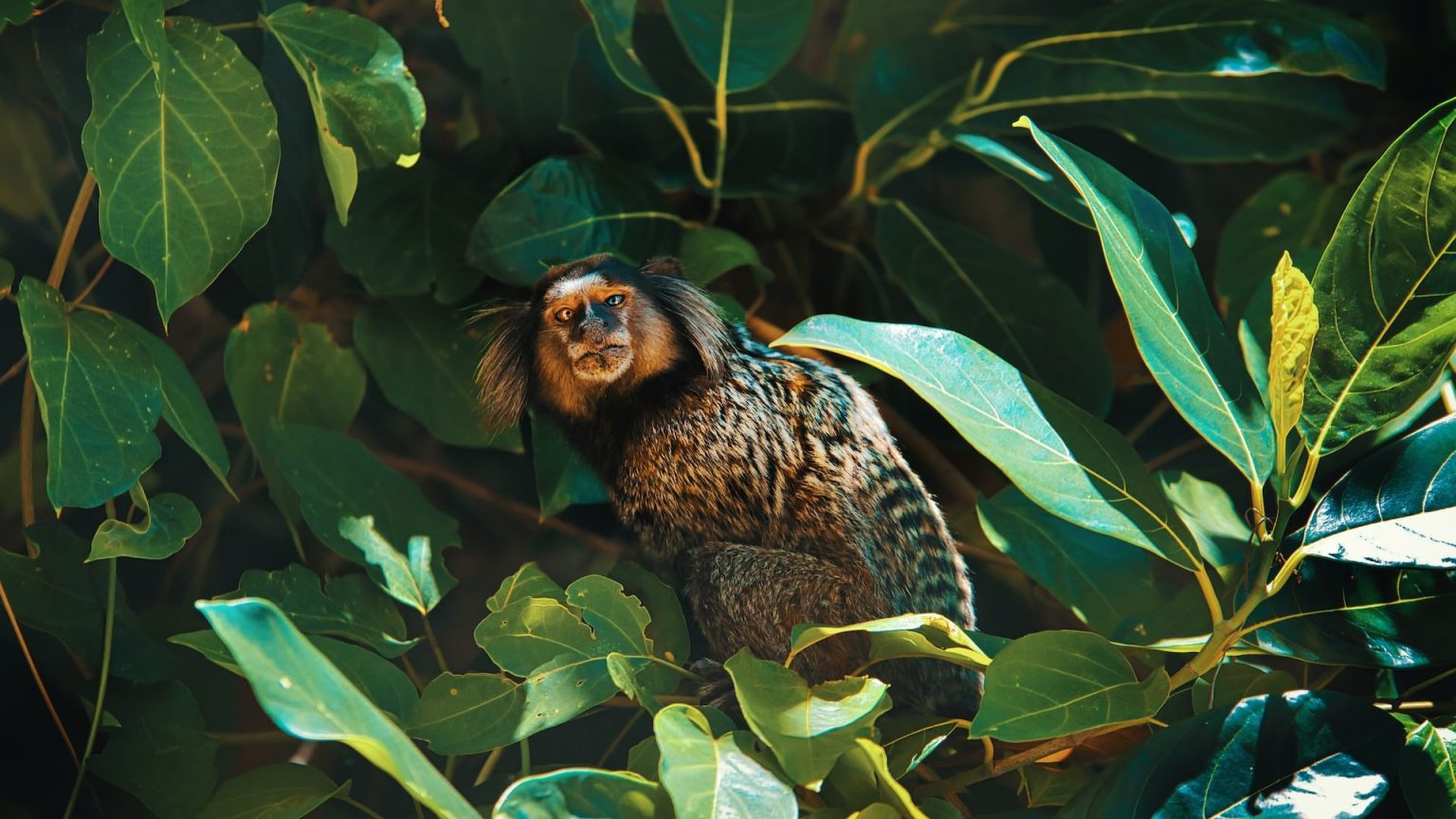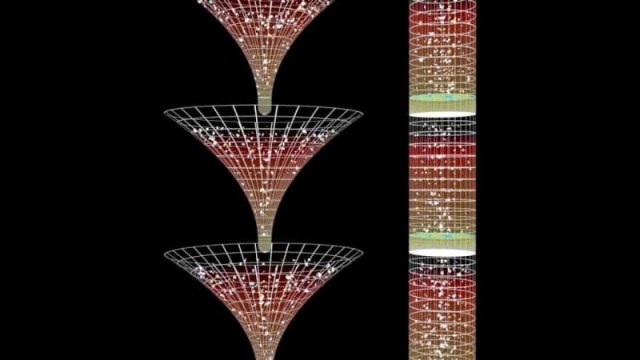Raccoons love you, but not unconditionally

Jenny Thompson via Adobe Stock
- A recent study used motion-triggered cameras to study mammal behavior at 61 sites across North America.
- The results showed that large, carnivorous mammals with slow life histories are most negatively impacted by human presence and development.
- The researchers noted that although some mammals are able to tolerate or even benefit from humans, there might be a threshold to how much human disturbance mammals can tolerate.
The proliferation of human civilization has impacted nearly every animal species on Earth. Since the 16th century, humans have driven about 700 vertebrate species to extinction, while our presence and activities threaten to kill off more than one million plant and animal species over the coming decades.
But it’s not always a zero-sum game. Amid the chaos of the Anthropocene — the term some geologists use to refer to the current geological age in which human activity is the dominant force on the environment — some animals are doing fine. It’s not just pet labradoodles and cockapoos: Deer, squirrels, mosquitoes, and cephalopods are a few of the species that have been surviving or even thriving among us in recent decades.
So, why do some species suffer amidst human civilization while others adapt?
A new study published in Global Change Biology explores that question by analyzing which North American mammal species live most successfully among humans. The researchers hypothesized that North American mammals with certain traits and life strategies are more likely to suffer outsized consequences from humans.
“Specifically, we hypothesized that larger, more carnivorous species and those with slower life history strategies (i.e., longer maturation periods, slower reproductive rates) are more negatively affected by both human presence and human footprint, given that these species are typically more likely to come into conflict with humans.”
Human development vs. human presence
To find out, the researchers used data from “camera traps” to monitor the behavior of 24 mammal species. These motion-triggered cameras were set up at 61 locations across the U.S., Canada, and Mexico, and they captured photos of animals representing three trophic guilds: herbivores, omnivores, and carnivores. A few of the species analyzed in the study included black bears, white-tailed deer, wolves, coyotes, grizzly bears, and raccoons.
The goal was to see how animal populations responded to two different types of human disturbance: human development (buildings, roads, agricultural fields) and human presence (hunting, hiking, other recreation).
The results showed that one-third of mammal species were less likely to appear in areas with high human presence or development. Specifically, the results supported one part of the original hypothesis, which stated that larger, more carnivorous, and slower reproducing species (like wolves and grizzly bears) are more negatively affected by human development and its accompanying threats, like noise and light pollution and vehicle strikes.
However, these animals weren’t significantly affected by human presence, a finding that highlights “the importance of considering these two forms of human disturbance separately when estimating anthropogenic impacts on wildlife,” the researchers wrote.
Raccoons love you…
Smaller mammals and those that reproduce quickly responded more positively to human disturbance. Raccoons and white-tailed deer, for example, tended to appear more frequently in areas with both higher human presence and development. Meanwhile, mammals like elk, bobcats, coyotes, and pumas appeared more frequently in areas with only higher human presence.
Why do smaller, quickly reproducing animals fare better among us and our infrastructure? The researchers suggested it may be that they are better able to tolerate threats like sensory pollution and vehicle strikes or have a more generalist diet. Alternatively, areas near humans tend to have fewer predators.
…up to a point
But the results might be a bit misleading. For example, the cameras might have captured a certain species showing up frequently near human disturbances not because the animals prefer it there but because humans are destroying their natural habitat.
The study noted another caveat: Once human disturbances become too intense, even once-tolerant mammals start responding negatively. In other words, there seems to be a threshold of human disturbances beyond which co-existence with other mammals becomes difficult or impossible.
“We suggest that such thresholds are critical to consider when attempting to promote ‘landscapes of coexistence’ (i.e., ecological conditions that allow the long-term persistence of sensitive mammal species in human-dominated landscapes) and functional connectivity between populations, particularly as several large mammal species continue recolonizing modified landscapes in North America and globally,” the researchers wrote.





